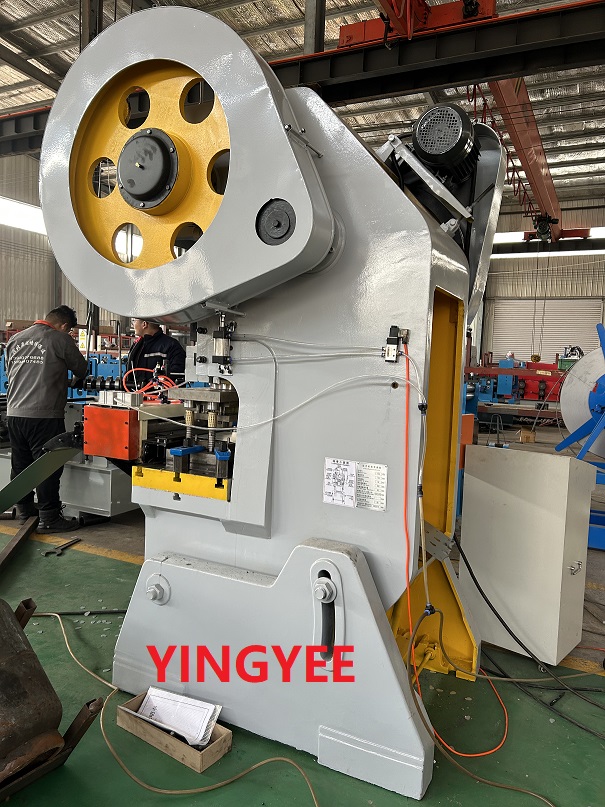
The Evolution and Significance of Roofing Roll Forming Machines
In the construction industry, efficiency and precision are paramount, and this is where roofing roll forming machines play a vital role. These machines are specifically designed to transform flat metal sheets into various roofing profiles, delivering an array of benefits that enhance productivity, cost-effectiveness, and overall quality of construction projects.
What is a Roofing Roll Forming Machine?
A roofing roll forming machine is a continuous manufacturing process that involves feeding a coil of metal through a series of rollers. These rollers shape the metal into the desired profile, which can vary from standing seam roofs to corrugated panels. The output is not only uniform in thickness but also allows for intricate designs that cater to the aesthetic and functional requirements of modern architecture.
Benefits of Roofing Roll Forming Machines
1. High Efficiency One of the primary advantages of using a roofing roll forming machine is its high production speed. Unlike traditional sheet metal fabrication processes, roll forming can produce long lengths of roofing material in a matter of minutes, minimizing labor costs and reducing the time needed for installation.
2. Material Conservation Roll forming is a highly efficient process that reduces waste. The machine optimally uses the material by employing continuous production, which means less scrap compared to other methods such as cutting sheets from larger panels.
3. Durability and Strength The roofing materials produced by these machines are often stronger and more durable than those created by conventional methods. The formation process aligns the metal grain, enhancing the structural integrity of the panels, which is crucial for withstanding environmental stresses.
4. Customization Options Roofing roll forming machines can be tailored to create specific profiles according to the needs of the project. Manufacturers can adjust the rollers and settings to achieve different shapes, sizes, and finishes, allowing for greater design flexibility.
5. Less Labor Requirement While skilled operators are necessary to set up and monitor the machines, the overall labor costs associated with running roll forming machines are lower than with manual fabrication. This is due to the automation of the process, which minimizes the need for extensive manual intervention.

Applications in the Construction Industry
Roofing roll forming machines are used predominantly in both commercial and residential construction. They can produce materials for various roof types, including
- Standing Seam Roofs Often used in commercial buildings for their sleek appearance and effective water drainage capabilities. - Corrugated Roof Panels Popular in industrial settings due to their strength and durability, as well as versatility in design. - Metal Shingles Increasingly sought after for residential projects, offering a blend of aesthetic appeal and functional longevity.
Additionally, these machines can contribute to sustainable construction practices by enabling the use of recyclable materials, thereby reducing the environmental impact.
Future Trends in Roofing Roll Forming Technology
As technology advances, roofing roll forming machines are becoming more sophisticated. The integration of automation and smart technologies is on the rise, allowing for real-time monitoring and adjustments during production. This not only enhances quality control but also enables predictive maintenance, reducing downtime and increasing overall efficiency.
Moreover, as the demand for energy-efficient and sustainable building materials grows, companies are exploring the use of advanced materials, such as pre-painted metals and coatings that further enhance the longevity and performance of roofing systems.
Conclusion
In conclusion, roofing roll forming machines are a cornerstone of modern construction, embodying efficiency, customization, and durability. As the industry continues to evolve, these machines will remain critical in shaping the roofs of tomorrow, meeting the increasing demands of sustainability and innovation in building practices. Investing in advanced roll forming technology will help manufacturers and construction companies stay competitive in an ever-changing market.